GUIDE
In the digital age, the volume of content organisations produce has skyrocketed. Navigating this vast sea of digital assets can be daunting. Enter Digital Asset Management (DAM)—a strategic approach designed to put you in the captain’s seat, steering your organisation towards efficiency and creativity. Whether you are a content manager, a marketer, or a creative professional, understanding DAM can transform the way you work and collaborate.
Imagine a world where every image, video, and document is at your fingertips, instantly accessible and easily shareable. This is not just an ideal; it is the reality that a well-implemented DAM system can deliver. Organisations often struggle with misplaced files, duplicated efforts, and inconsistent branding. DAM addresses these issues by providing a centralised hub for storing, organising, and retrieving digital assets.
The benefits of a robust DAM system are numerous. Efficiency improves as teams spend less time searching for files. Collaboration becomes seamless when everyone accesses the same, up-to-date assets. Brand consistency is maintained when assets adhere to guidelines and restrictions.
However, embarking on the DAM journey requires more than just technology adoption. It demands a shift in organisational mindset. You must understand the intricacies of your asset lifecycle, from creation to archival. You need to align your DAM strategy with your business goals. This guide will illuminate the path, offering insights into best practices and pitfalls to avoid.
Join us as we delve into the essentials of Digital Asset Management. From choosing the right platform to implementing effective workflows, this guide will equip you with the knowledge to master your digital assets and drive your organisation forward. Your journey to efficient digital asset management starts here.
Introduction
In the digital age, the volume of content organisations produce has skyrocketed. Navigating this vast sea of digital assets can be daunting. Enter Digital Asset Management (DAM)—a strategic approach designed to put you in the captain’s seat, steering your organisation towards efficiency and creativity. Whether you are a content manager, a marketer, or a creative professional, understanding DAM can transform the way you work and collaborate.
Imagine a world where every image, video, and document is at your fingertips, instantly accessible and easily shareable. This is not just an ideal; it is the reality that a well-implemented DAM system can deliver. Organisations often struggle with misplaced files, duplicated efforts, and inconsistent branding. DAM addresses these issues by providing a centralised hub for storing, organising, and retrieving digital assets.
The benefits of a robust DAM system are numerous. Efficiency improves as teams spend less time searching for files. Collaboration becomes seamless when everyone accesses the same, up-to-date assets. Brand consistency is maintained when assets adhere to guidelines and restrictions.
However, embarking on the DAM journey requires more than just technology adoption. It demands a shift in organisational mindset. You must understand the intricacies of your asset lifecycle, from creation to archival. You need to align your DAM strategy with your business goals. This guide will illuminate the path, offering insights into best practices and pitfalls to avoid.
Join us as we delve into the essentials of Digital Asset Management. From choosing the right platform to implementing effective workflows, this guide will equip you with the knowledge to master your digital assets and drive your organisation forward. Your journey to efficient digital asset management starts here.
Navigation
Steps to Follow
ONE
Actionable Steps
Examples
Best Practices
TWO
Actionable Steps
Examples
Best Practices
THREE
Actionable Steps
Examples
Best Practices
Common Mistakes to Avoid
Digital Asset Management (DAM) has become an indispensable component for organisations seeking to optimise their digital content lifecycle. As we have explored, implementing a DAM system offers numerous advantages, from streamlining workflows to enhancing collaboration among teams. By centralising assets in a single repository, organisations can reduce inefficiencies and ensure that their digital content is both accessible and secure.
Embarking on the journey of DAM implementation requires careful planning and consideration. Begin by assessing your organisation's specific needs and objectives. Understanding the volume and types of digital assets you manage will guide you in selecting a system that aligns with your operational goals. Engage stakeholders from various departments to gather insights and foster a culture of collaboration from the outset.
A successful DAM strategy necessitates thoughtful organisation and categorisation of assets. Develop a robust metadata schema and taxonomy that will enable users to locate and utilise assets with ease. Clear guidelines and naming conventions will further support this initiative, ensuring consistency and reducing the potential for errors.
Training and support are pivotal to the success of any DAM system. Equip your team with the necessary knowledge to maximise the system’s capabilities. Ongoing education and updates are essential, as the digital landscape is ever-evolving. Encourage feedback and be receptive to suggestions for improvement, fostering an environment where continuous enhancement is valued.
As you integrate DAM into your processes, regularly evaluate its performance against your established KPIs. This will help you measure success, identify areas for refinement, and demonstrate the system’s value to the organisation. Stay informed about emerging trends and technologies in DAM to ensure your strategy remains robust and relevant.
In conclusion, while the journey to effective Digital Asset Management may present challenges, the rewards are substantial. A well-executed DAM strategy can revolutionise how your organisation manages digital content, driving efficiency, collaboration, and innovation. Embrace the potential of DAM and position your organisation for sustained success in the digital age.
Faq
Frequently Asked Questions
A: Digital Asset Management (DAM) is a system used to organise, store, and retrieve digital assets such as images, videos, documents, and other multimedia content. It is important because it allows businesses to efficiently manage their digital content, ensuring easy access and consistent branding. By centralising assets, DAM systems help reduce duplication, streamline workflows, and enhance collaboration across teams.
A: To determine the right DAM system, start by assessing your organisation's specific needs. Consider factors such as the volume and type of assets you manage, the users who will access the system, and your budget. Evaluate various systems based on their features, scalability, and ease of integration with your current tools and processes. It is also wise to seek feedback from potential users to ensure the chosen system meets their requirements.
A: Yes, most modern DAM systems offer integration capabilities with various other software tools. These include content management systems, marketing platforms, and project management tools. Integration enhances the efficiency of digital workflows by enabling seamless data exchange and process automation, thereby reducing manual effort and errors.
DAM Guides
Click here to explore our in-depth Guides—step-by-step walkthroughs designed to help you master DAM, AI, integrations, and workflow optimization.
DAM Articles
Click here to dive into our latest Articles—insightful reads that unpack trends, strategies, and real-world applications across the digital asset world.
Take me to Articles
DAM Resources
Click here to access our practical Resources—including tools, checklists, and templates you can put to work immediately in your DAM practice.
Take me to Resources



